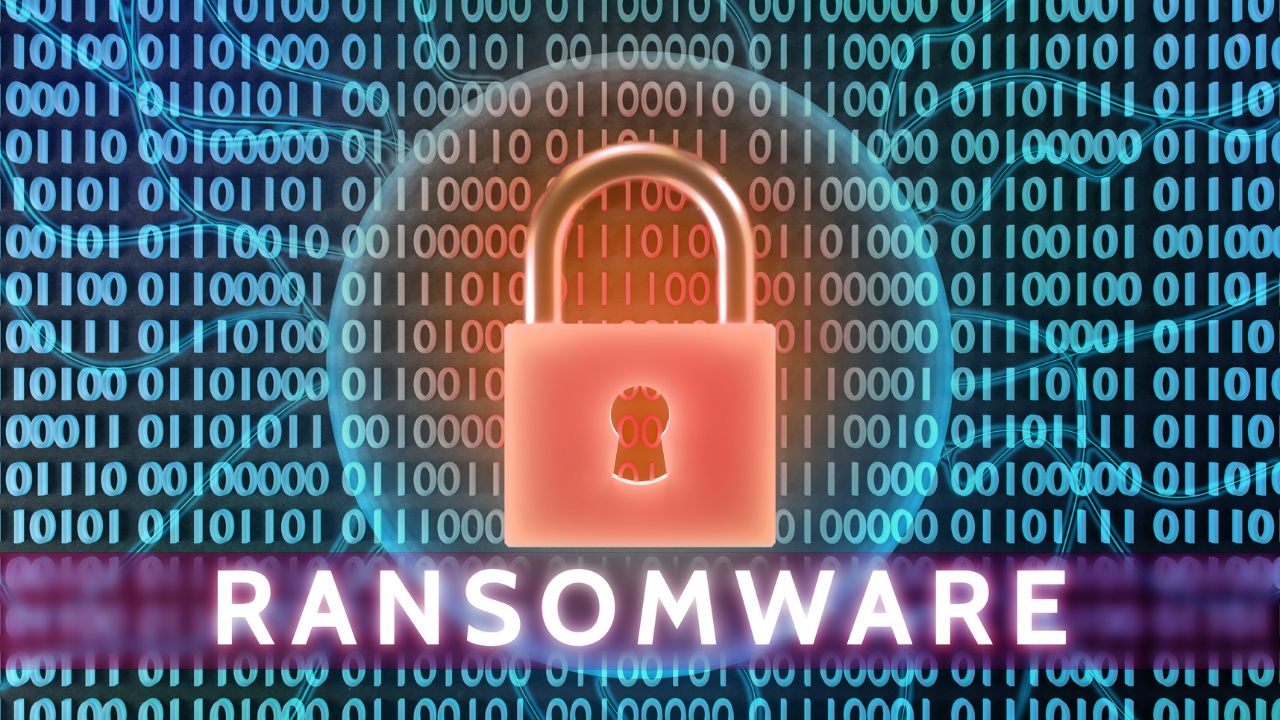
Ransomware: The Silent Digital Extortionist
In an increasingly interconnected world, ransomware has emerged as a formidable and pervasive threat to individuals, businesses, and organizations worldwide. This malicious software, designed with the sole purpose of encrypting sensitive data and holding it hostage until a ransom is paid, has become a lucrative criminal enterprise. With its ability to disrupt operations, steal valuable information, and inflict financial harm, ransomware has captured the attention of cybersecurity experts and law enforcement agencies alike.

These attacks are typically initiated through a variety of deceptive means, including phishing emails, malicious attachments, or exploiting vulnerabilities in software and systems. Once infiltrated, the malware swiftly encrypts files and often displays a ransom demand, demanding payment in cryptocurrency like Bitcoin. Victims are given a ticking clock and a difficult choice: pay the ransom in hopes of recovering their data or refuse to comply and risk permanent data loss.
The impact of a successful ransomware attack can be devastating. Not only do victims face financial losses from paying ransoms, but they may also experience prolonged downtime, damage to their reputation, and legal repercussions. In some cases, organizations have had to shut down operations entirely. Moreover, the funds generated from ransom payments often fuel the expansion and sophistication of cybercriminal networks, perpetuating this digital menace.
Preventing ransomware attacks and minimizing their impact requires a multifaceted approach:
- Regular Backups: Maintain up-to-date backups of critical data to ensure that you can recover without succumbing to ransom demands.
- Software Updates: Keep operating systems and applications patched and up to date to mitigate vulnerabilities that ransomware exploits.
- Employee Training: Educate employees about recognizing phishing emails and other social engineering tactics employed by ransomware attackers.
- Security Software: Install and update robust antivirus and antimalware solutions to detect and block ransomware threats.
- Network Segmentation: Isolate critical systems to limit the spread of ransomware within a network.
- Email Filtering: Implement advanced email filtering to identify and quarantine malicious emails.
- Incident Response Plan: Develop and rehearse an incident response plan to swiftly address and contain a ransomware attack.
Ransomware remains a pervasive and evolving threat in the digital landscape. Staying vigilant, implementing robust cybersecurity measures, and fostering a culture of cyber resilience are essential defenses against this silent digital extortionist. With the right precautions and preparedness, individuals and organizations can reduce their risk of falling victim to ransomware and its far-reaching consequences.
